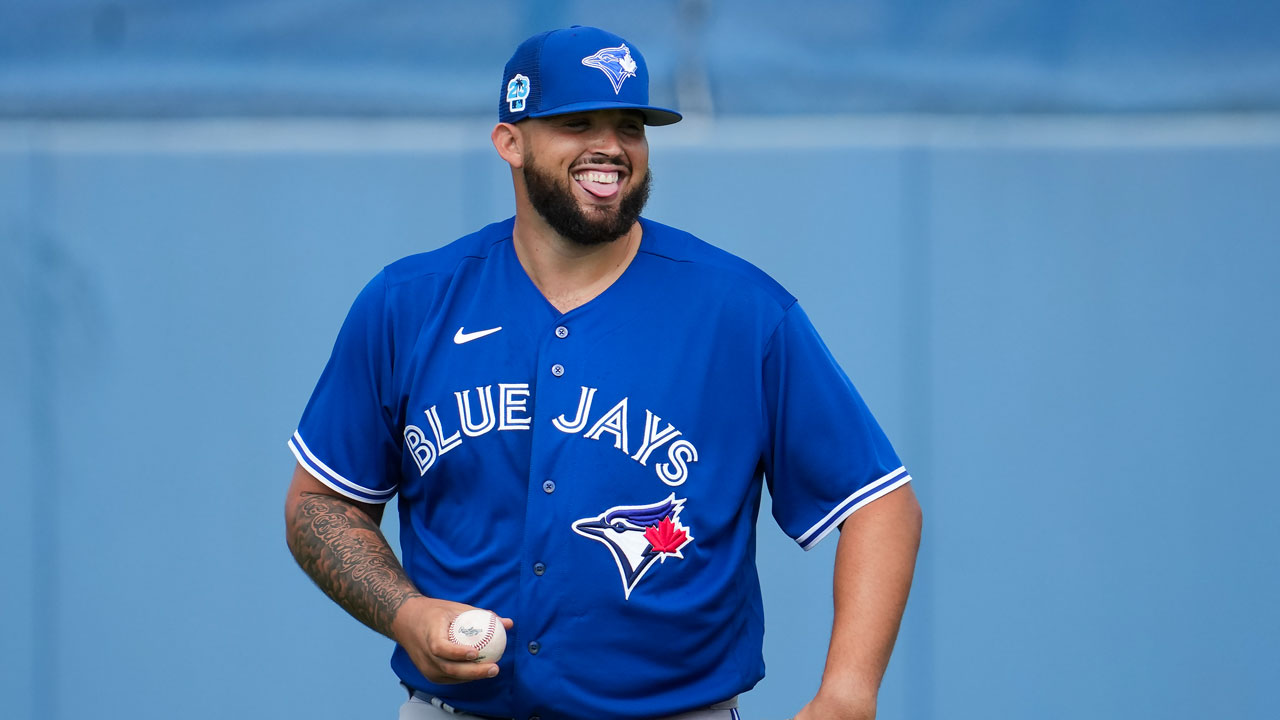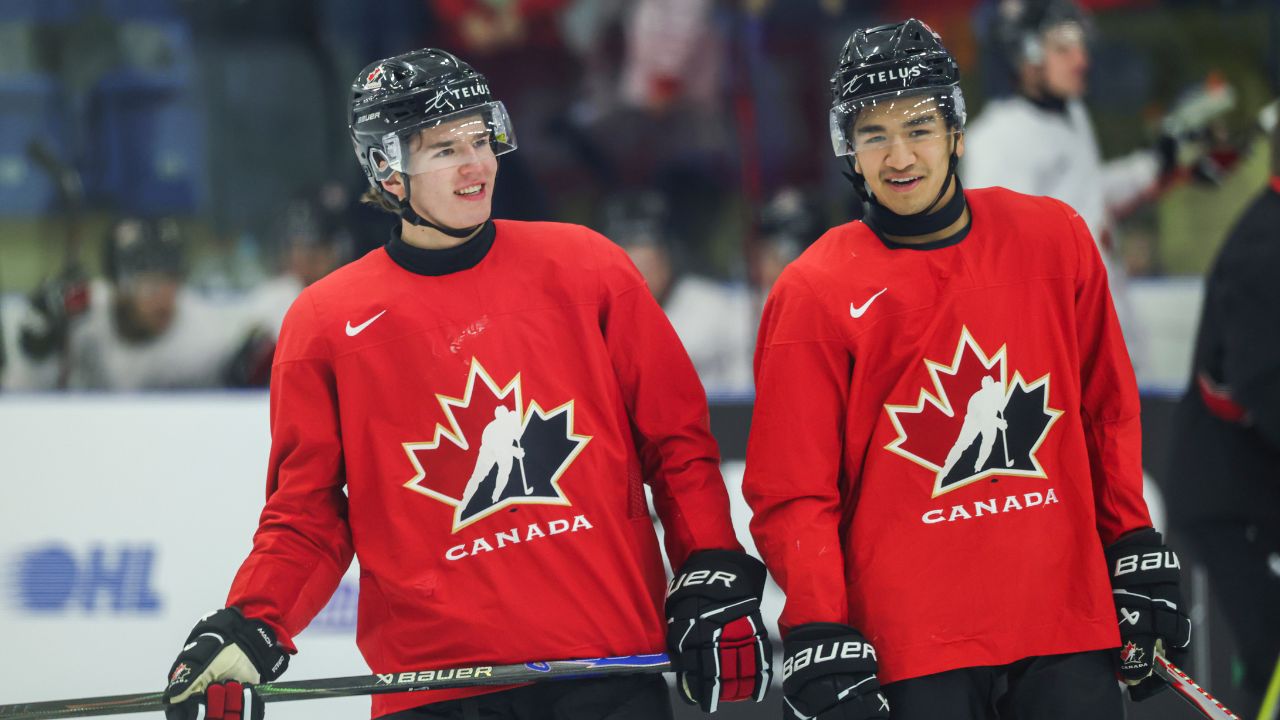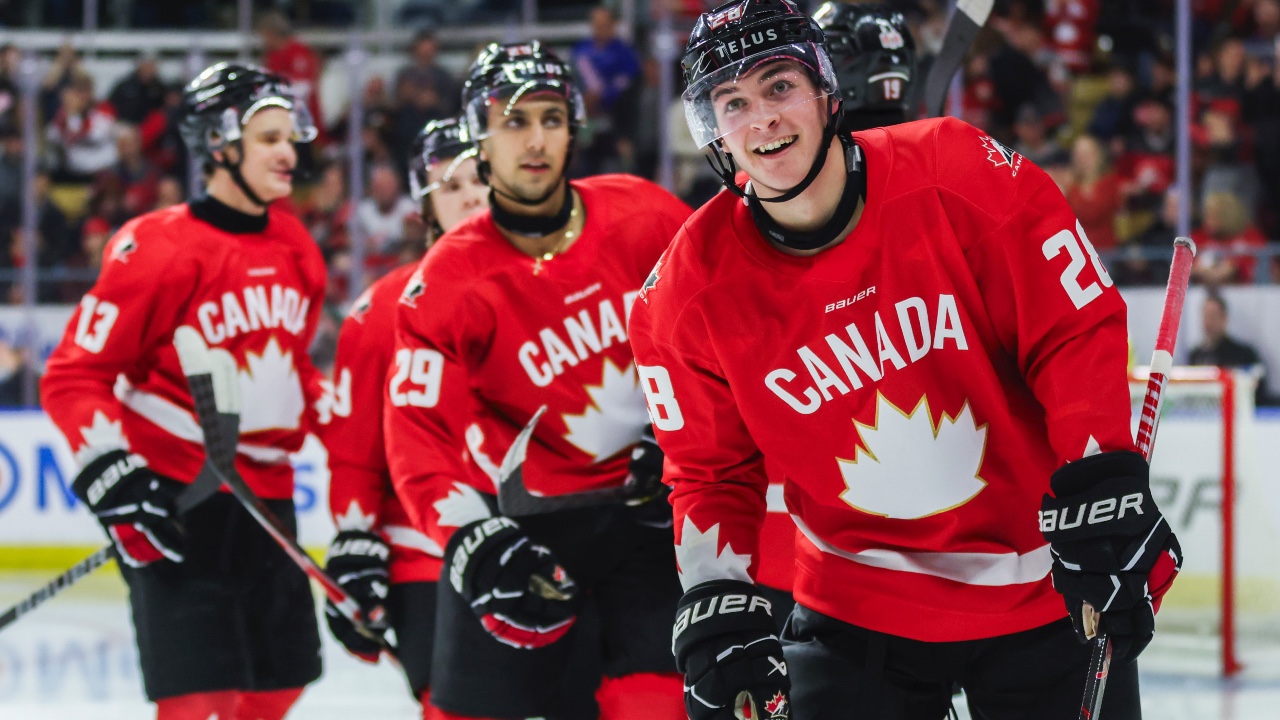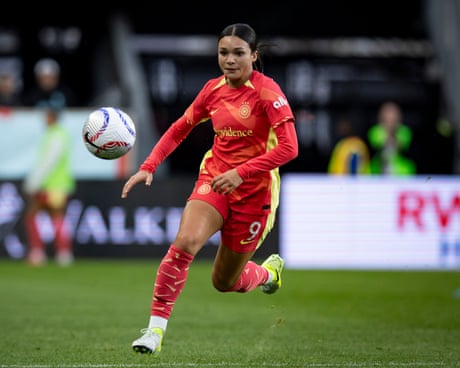
DUNEDIN, Fla. — Late one morning at Toronto Blue Jays spring training, Yusei Kikuchi’s sitting in the shade beside an empty practice field at the team’s player development complex. He’s reflecting on a difficult 2022 season and describing his improved state of mind as a new year begins. One reason for his optimism: the “unbelievable” support he’s felt from his teammates.
As if on cue, reliever Anthony Bass walks across a nearby parking lot and shouts out his opinion unsolicited.
“Big year ahead for Yusei!”
The Blue Jays certainly hope so. Kikuchi disappointed in the first season of his three-year, $36 million deal, posting a 5.19 ERA over the course of 100.2 innings spanning 20 starts and 12 relief appearances. It was a challenging year as some initial struggles led to pressure, then overthinking on the mound and then even worse results. At times, it spiralled.
Now, though, Kikuchi gets the chance to prove he’s capable of more. As the leading candidate to break camp as the Blue Jays’ fifth starter, he has plenty of opportunity. So far, he’s making the most of it. With a more aggressive approach and a new breaking ball, he’s looking like a different pitcher through two spring starts. Granted, it’s early, with far bigger tests to come, but there’s hope that a mentally and physically stronger version of Kikuchi can continue building momentum — this time in a positive way.
“It’ll be a snowball effect,” says starter Alek Manoah. “One outing will turn into two or three good outings, which will turn into five or six good outings, which will turn into a good year.”
Make no mistake, though: last year was a challenging one. Speaking mostly through interpreter Keito Ebino — although also directly in English at times — Kikuchi recalls the challenge of disappointing fans, teammates and himself in 2022.
“Obviously I wasn’t happy with what I gave,” he says. “I was telling myself, ‘This can’t be it. This isn’t me.’ Well, that went from spring to fall.”
Typically, Kikuchi would take a break following the regular season. In years past, he’s also returned home to Japan for 10 days or so. But after the disappointment of 2022, he did neither. Preferring to get right to work, he stayed with his wife and son in Arizona, where he started watching video.
He reviewed some footage of his own outings while also devoting time to watching Kevin Gausman and Manoah. But most of his video work focused on the game’s best left-handed pitchers: Clayton Kershaw, Max Fried, Julio Urias and Shane McClanahan, to name a few. Those video sessions reinforced something he’d discussed with pitching coach Pete Walker: after he completes his delivery, he wants to fall off to the third base side.
Even beyond the mechanics, comparing his delivery to theirs simply seemed more productive than taking a break.
“I tend to think about baseball around the clock,” Kikuchi says. “It’s kind of hard for me to not think about baseball. But when I play with my son or go out with my family, I obviously don’t think about baseball during that time.”
Clearly, this all matters to Kikuchi, and that’s not lost on those who prepare alongside him every day.
“He’s such a good person,” Manoah says. “He’s one of the guys who works the hardest and he cares a f***-ton. So to not see the results be there just sucks as a friend and a teammate.”
At the same time, there’s a point at which some players start putting too much pressure on themselves. As Gausman puts it: “It’s almost: Can he get out of his own way, right? He’s a very cerebral guy. He thinks and he’s very smart. He knows what he’s trying to do out there.”
With that in mind, Kikuchi is making time for the mental side of his game as well as the mechanical side. He’s been working with Blue Jays mental skills coach Jimmy Van Ostrand since last year in the hopes of keeping his thoughts positive on the mound.
Plus, Kikuchi believes the advent of the pitch clock keeps him in a good rhythm because he can’t deliberate about his mechanics in the same way. At 32 years old, he knows he’s not going to reinvent his whole personality. But he says he’s no longer overthinking the way he did last year.
“I just want to battle with the batter,” he says. “Not against me, you know? Maybe last season I was overthinking mechanics, but this season, close to zero.”
As Manoah says: “He needs to minimize some of the negative thoughts and focus on the positives because he does a lot of really good things.”
With a fastball that averaged 94.9 m.p.h. a year ago, Kikuchi has above-average velocity. This spring, he’s been using a new breaking ball (a “curveball-slider-ish type thing,” to borrow Gausman’s description) while also using his splitter. It’s a repertoire that allowed him to generate 14 swinging strikes in his spring debut against the Pittsburgh Pirates with an outing that opened eyes across Blue Jays camp.
“His comfort level with his teammates in his surroundings is so much different than it was last year,” says manager John Schneider. “The performance has been great so far. So yeah, we’re counting on him to be pretty good.”
In a recent conversation, Gausman reminded Kikuchi that he struck out more batters per nine than anyone in the Blue Jays’ rotation last year. With stuff like that, the Blue Jays want to see the left-hander attack opposing hitters, making them hit their way on base.
“They’re going to feel like you’re the aggressor,” Gausman says. “A guy like him needs to go out there and pound the zone.
“His stuff is incredible and he has such a good feel for pitching. His ability to manoeuvre a baseball is second to none.”
Of course, spring training results only mean so much. For Kikuchi to realize his potential, he’ll have to stay positive in the face of adversity at Yankee Stadium. He’ll have to go after hitters on a night he doesn’t have his best stuff at Fenway Park. Many more challenges await him this year, and he expects as much. Then again, there’s a chance last year’s struggles end up serving a purpose.
“I’ve been in professional baseball for 13 years,” he says. “It’s not always good times. It’s not always bad times. I believe good times come after bad times.”







